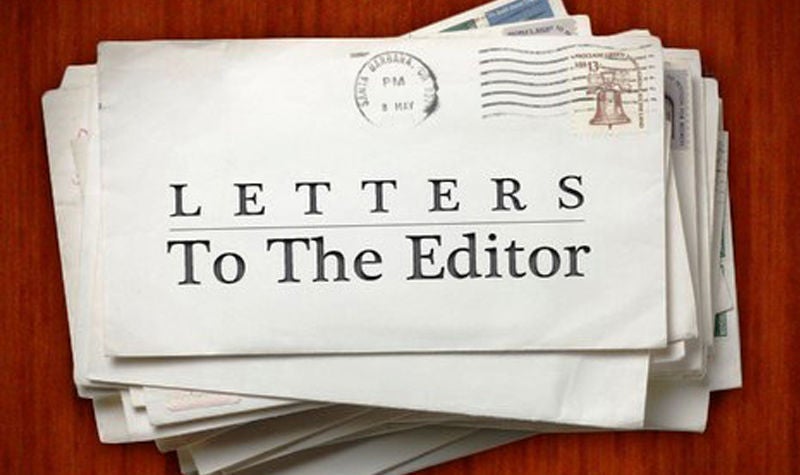Balance of powers in our Federal Government
Published 9:35 am Thursday, January 16, 2020
Did you know that the United States is actually a Federal Republic? I’m sure most people have heard these words, and I’m also sure that most people don’t really know what they mean.
Let’s start with “Republic”. In a Republic, the power is held by the people and administered through their elected representatives; in addition, the top leader is elected rather than a monarch.
Ok. Republic is rather straight forward, how about “Federal”? We often talk about the Federal Government when we are referring to our national government. That’s because our country is made up of different geographic areas, each of which have rights of their own.
Everyone knows there are 50 states and one federal district (District of Columbia). There are also five major self-governing territories (Puerto Rico, Guam, American Samoa, Northern Mariana Islands, and US Virgin Islands) and several island possessions.
For Federal Elections, we will be looking just at the 50 states and DC. Going back to colonial days, the 13 colonies united to become a federal republic so that they could present a single face to the world, while retaining their individual autonomy within the new country. That’s where the term “States Rights” comes from.
Our constitution was written to specifically define the powers delegated to the federal government by the states. All other powers, those not delegated to the feds, are reserved for the individual states. This also holds true for other federal republics, such as Switzerland and Australia. On the other hand, our neighbor to the north, Canada, has a constitution that delegates powers to the states (provinces) and reserves all the rest of the powers to the national government.
So, a small state, like New Hampshire, regulates its people in the way that it feels is right. And New York, a large neighboring state, does it their own way. The whole idea is that, except for things that really need the unity (like military and international diplomacy) the big guys cannot bully the small guys.
At the federal level, the US Congress is our Legislative Branch and has two houses. In the Senate, every state gets two senators – that means every state gets the same weight when voting. However, in the other branch, the House of Representatives, each state is allocated seats based on their population, with a minimum of one vote in every state. California has the most representatives with 53, Texas is second with 36. Iowa has four, while New Hampshire has two.
The House has a total of 435 reps. Every 10 years, the apportioning of reps to each state is adjusted based on the national census. Some states may get more reps while others less, depending on how their populations have changed.
The Senate on the other hand, stays fixed at two per state. If we add another state, we add two more senators.
The House selects its own leadership, usually based on which political party has the most reps. The Senate does not get to choose; the leader of the Senate is the Vice President. Since there will always be an even number of Senate seats, the Vice President is allowed to vote to break a tie.
One more thing, to further the balance of power in the Federal Government, the #2 guy in the Executive Branch (vice president) is the first in line to succeed the President if needed. If the VP cannot do it, the leader of the House of Representatives is next in line.
The Legislative Branch creates the laws and the Executive Branch administers the laws.
There is also a third branch of our government, which is the Judiciary Branch. Their role is to provide a balance between Executive and Legislative, and to decide which side is right when there is disagreement.
We have a federal government to do things that reflect the country as a whole. It is balanced by each of the states governing themselves for everything else. We have a constitution that provides for a balance in representation for the states at the federal level with two houses – one with proportionate representation and one with equal representation for each state. We even have a third branch of the federal government for balance when the two other branches are in disagreement.
Next time we’ll look at the balances in the electoral process that continue these basic concepts when it comes to electing people to office in the federal government.
J.David Derosier consults with small business on planning and marketing issues, and provides web design and hosting services through OhainWEB.com, an accredited business with theBetter Business Bureau that is rated A+ by BBB. He can be reached at JDAVID@Strategy-Planning.info







